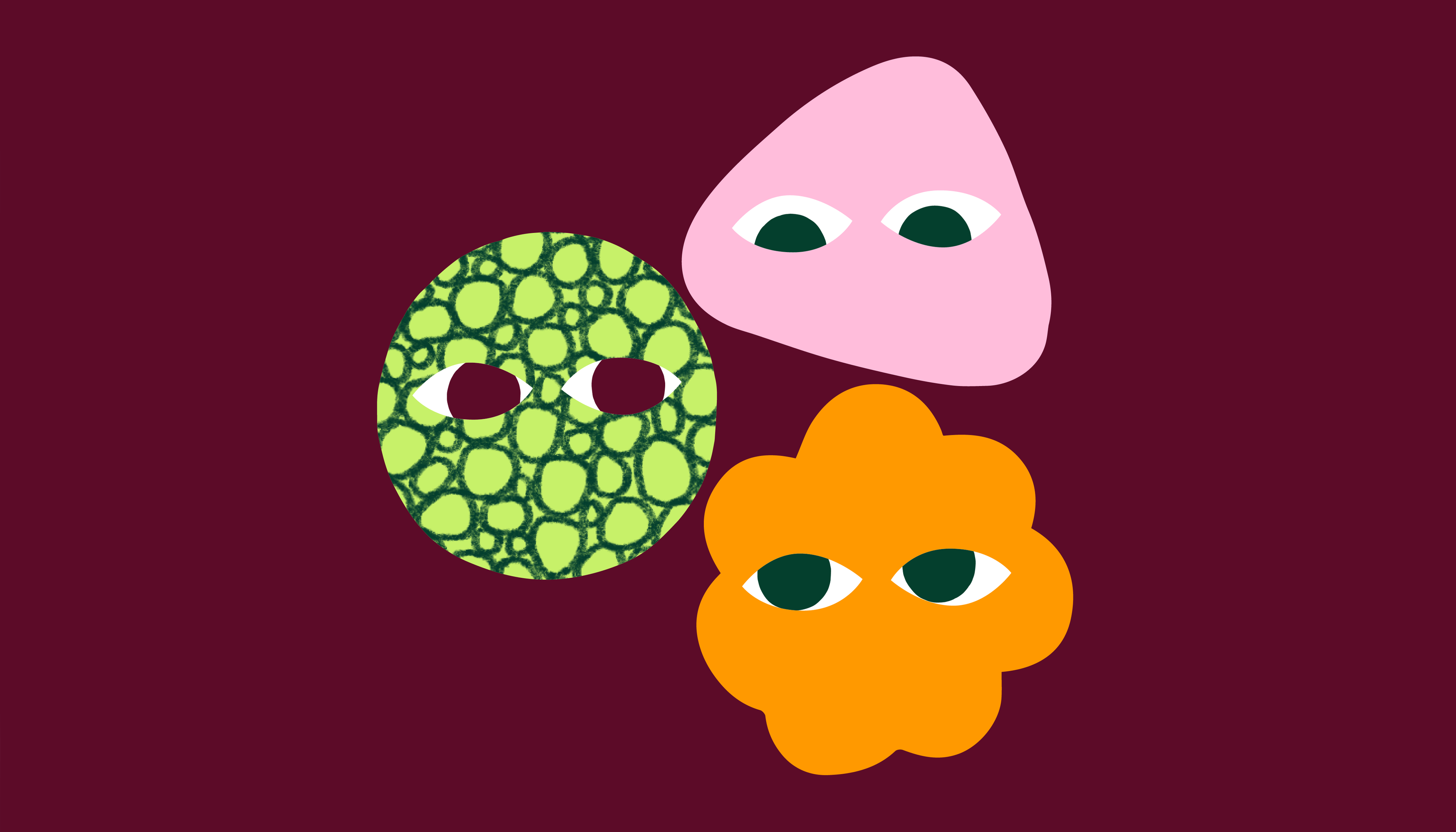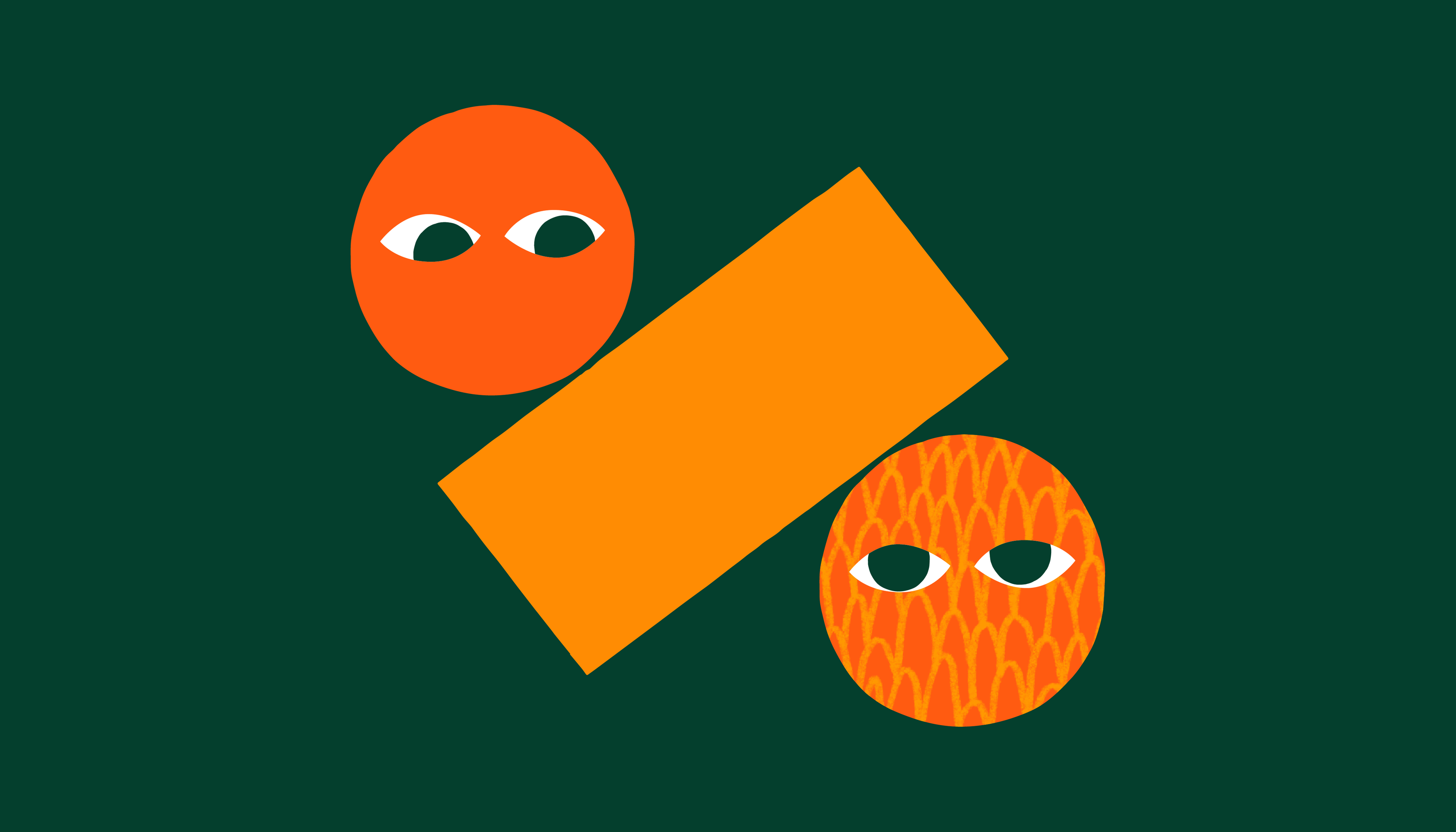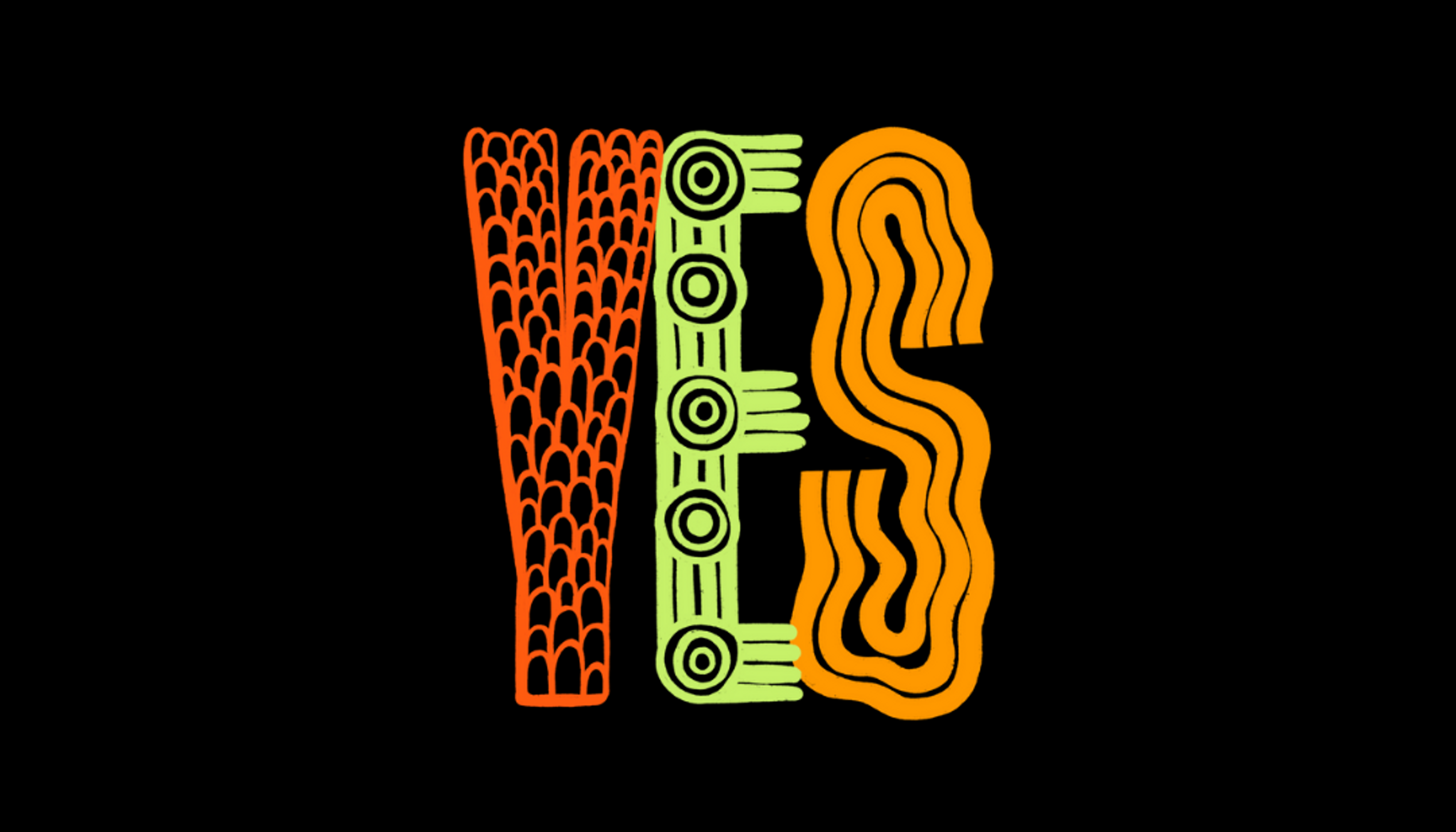Cause/Affect is a multidisciplinary creative studio boldly going after better.
contact@causeaffect.com.auHow to engage First Nations creatives
How to engage First Nations creatives
It’s time for new ideas. Engaging First Nations creatives affect outcomes that impact design for the better.
Better outcomes begin with the right people for people. Right now, the right people are not involved in projects that affect them, and their community. So how can we really design for the better when we aren’t creating from lived experiences. Bringing diverse and First Nations voices into the creative supply chain, not only betters our industry, but positively affects the very people we are designing for.
Better outcomes
start here.
Investing in relationship capital
Treat creatives as people, not commodities. Investing in good people is the best investment you can make. And good people make good work. Build on relationship capital by cultivating relationships of value, respect and reciprocity and people will invest in the work you do.
Secondly, don’t expect creatives to work on every “big opportunity”; it is not a given, it is earned. As David Williams from Gilimbaa said, “Give people time to think, contribute and consult so that people are informed properly.”
Place value on First Nations voices in all projects and you will see more First Nations creative willing to engage with you.
Engaging First Nations creatives from the start, not at the end.
We are not here to tick boxes.
Tokenism is a big problem when it comes to creative engagement. As a designer, I am eternally frustrated when I am engaged for the first time at the end of the project to “make it look Indigenous”. This is a BIG NO. It’s simple, the more First Nations people involved in the supply chain and at every touchpoint within a project, the better the outcome and ultimately the more impactful the project will be. It’s a win win.
No two First Nations creatives are the same.
We come from over 500 different nations. Don’t assume, just because you’ve worked with one First Nations creative or one mob, means you've worked with them all. And don’t assume just because someone identifies as Aboriginal or Torres Strait Islander, they can do all artwork, design or creative expression; or become your ‘Cultural Competence’ teacher. Let us dictate what we are able to work on, and what projects we want to be a part of.
Be upfront about the usage, licensing and price
In the words of the wise intellectual property lawyer Stephanie Parkin “Intellectual property (IP) and copyright is an asset to First Nations creatives. The work we create is valuable, from both a cultural point of view and as a business.” (listen to the full yarn with Steph here here)
We as creatives are expected to advocate for our work, but corporations and creative industries need to do better in providing safe spaces for us to work and not be exploited. While I am not a lawyer myself (go check out Parallax Legal), here are a few pointers from my own experiences:
- Start by familiarising yourself with IP and copyright law
- Have an idea in mind about appropriate budgets for the work, and let the creative determine their own costs
- Talk through the licensing, usage and price before developing contracts and commencing work
- Give time and space for appropriate, flexible negotiation
- Intellectual property and moral rights always remain with the creative. You do not own our cultural work, it remains with First Nations people.
- Honour the agreement. If the licensing opportunities expand, talk to the artist for approval first and expect additional licensing costs.
IP and copyright laws are here to protect our work appropriately and in a culturally safe way.
Don’t pay in “exposure” – it should be a mutually beneficial relationship.
Remove “exposure” from your language. If I hear “It’s great exposure” I am out before you’ve told me what the project is. The engagement bar is at the lowest when paying in exposure. It sets a dangerous standard when the value of our work is worth nothing —this is the very definition of a take-only relationship.
Exposure is exploitation, period.
But why?
First Nations people bring unique perspectives and innovative ideas from over 80,000 years of knowledge. Not only will your business and project be richer from this; but you will learn and grow in your creative and personal perspectives.
We talk a lot about change, without changing. Open your mind to a better way to work and engage with all creatives, and I guarantee the work and impact on people will be much greater.
Continue reading
similar articles
Stay on trend.
Sign up to get the latest industry news, insights, and other inspirational stuff in our (semi-regular) newsletter.


